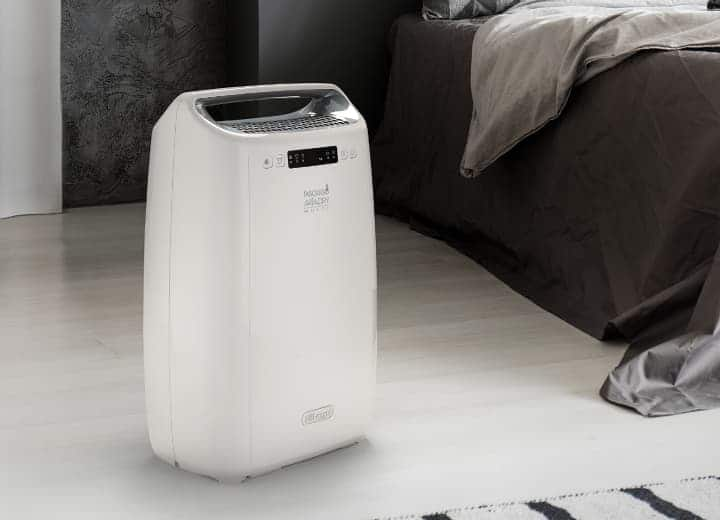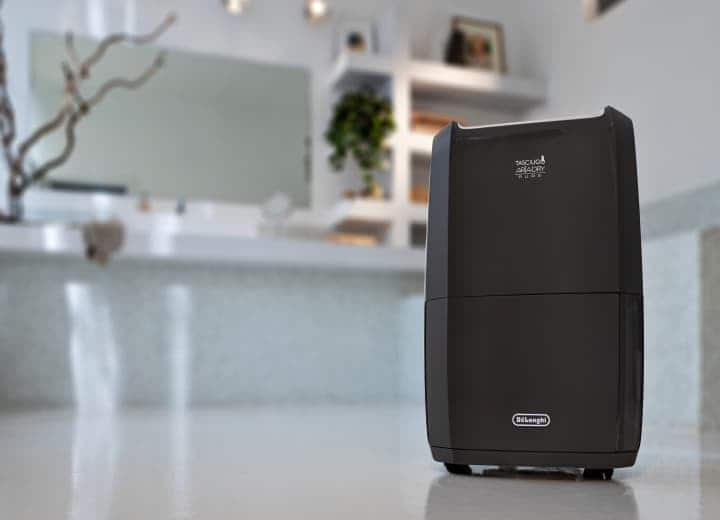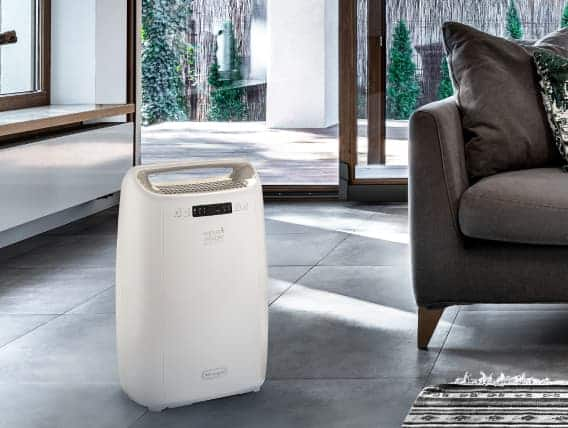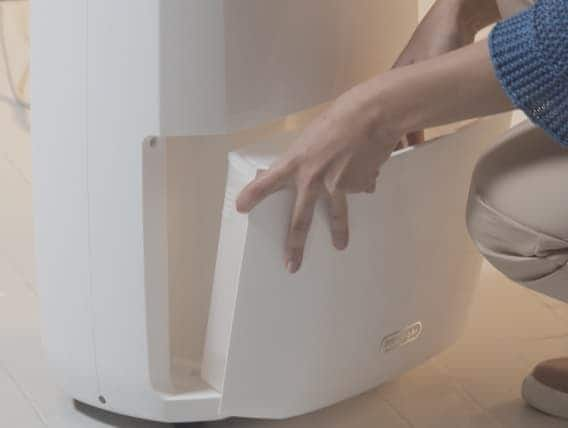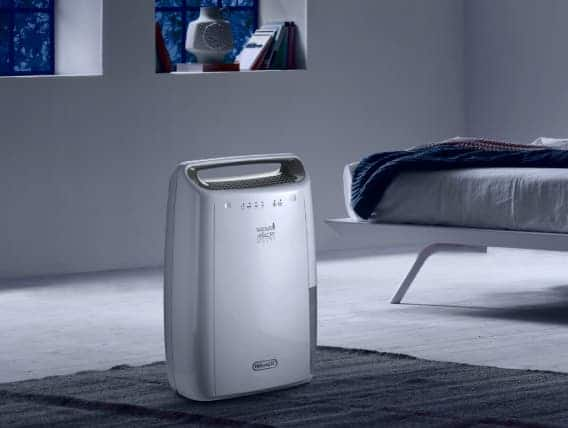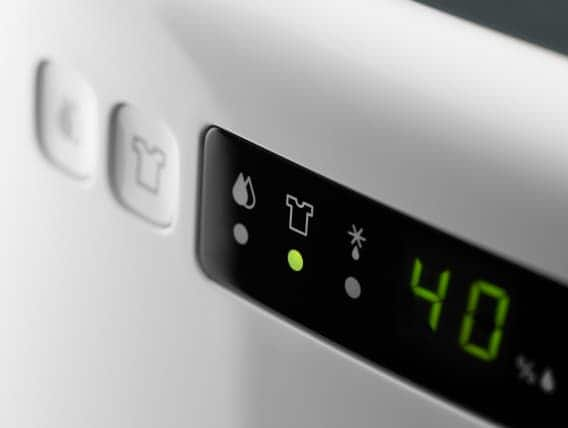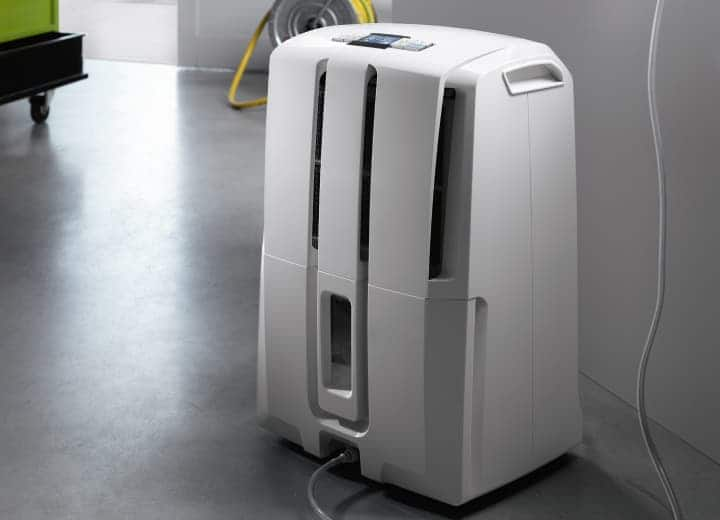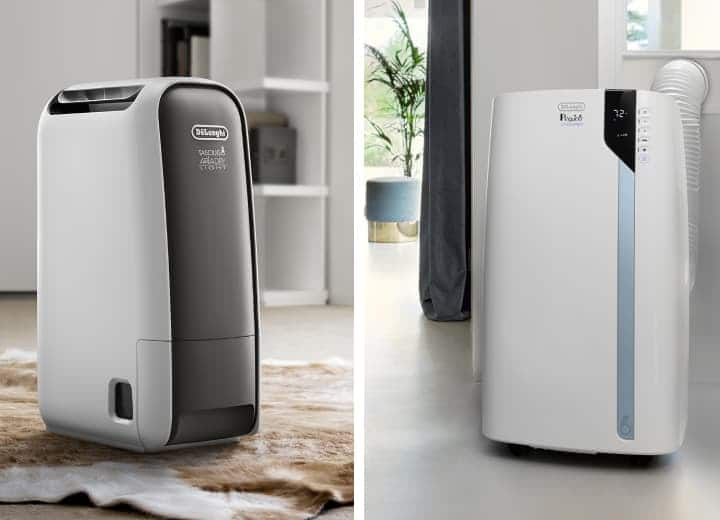Smaltimento dell'acqua
Per quanto riguarda lo smaltimento dell'acqua, esistono modelli che consentono di scegliere tra due soluzioni: quella classica prevede la raccolta dell'acqua nell'apposito serbatoio, che una volta riempito deve essere svuotato; oppure, in alternativa, si può optare per lo scarico continuo, nel caso di situazioni di umidità particolarmente gravi. In questo caso, bisogna assicurarsi che ci sia un'area adeguata dove scaricare l'acqua e che l'uscita del tubo sia posizionata sotto la bocca di erogazione.
